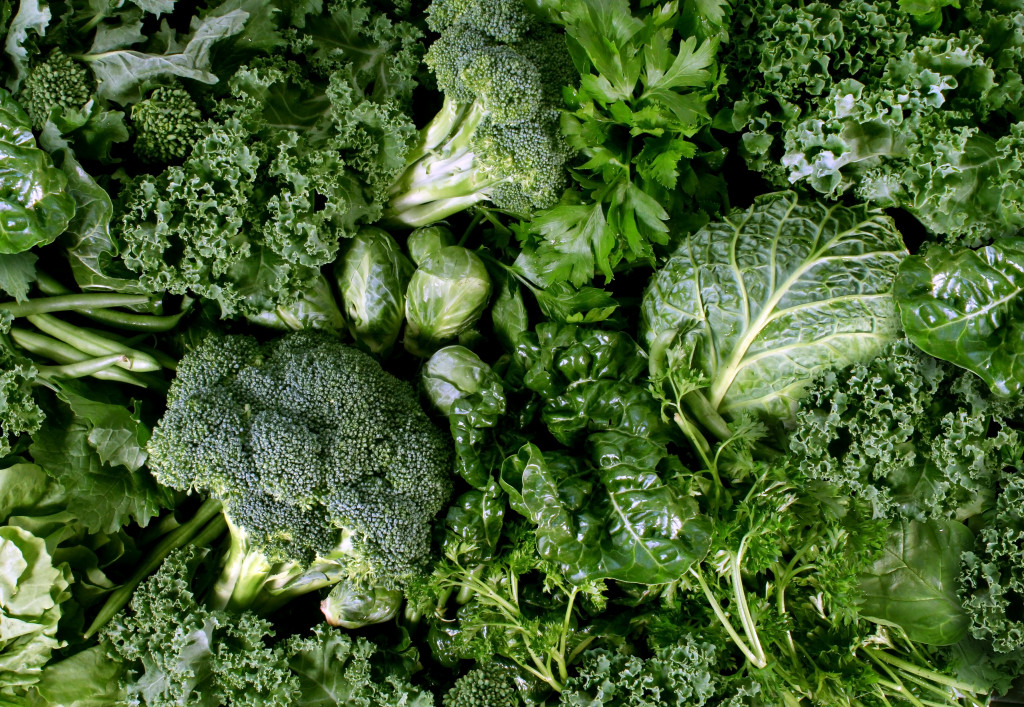Even before the health emergency that is COVID-19, healthy living has already been rising in popularity, with many celebrities and influencers sharing their “clean eating” journeys on social media. In fact, health-conscious consumers started growing back in 2015, as shown in USA Today’s survey of that year. Said survey has revealed that more younger consumers are considerably more concerned about everything they eat, from ingredients to GMO to organic foods than previous generations.
The most health-conscious group of consumers is Generation Z. Over four out of ten individuals in this generation reported that they would be willing to pay more for healthier food.
On the other hand, fast food burger chains seemed to face the opposite of growth in 2018. Giant names McDonald’s, Burger King, and Wendy’s were outperformed by Taco Bell and Chick-Fil-A that year. The data didn’t show if the rise of healthy living had anything to do with it, but if we consider medical research on whether fast food has become healthier, we might connect the dots.
A recent study has found that most fast food menus haven’t become healthier, despite the addition of arguably healthier choices. In fact, their caloric content, portion sizes, sodium content have only increased and thus worsened over the years.
So as more people gravitate toward healthy living, does this mean the downfall of fast food chains?
What Really is “Healthy Living”?
For many, healthy living means a balance and harmony between physical and mental health. It involves eating three healthy meals a day, which should consist of fruits, vegetables, whole grains, fat-free or low-fat milk products, protein, and healthy fats. Discipline is a major factor as well, particularly in controlling portion sizes, avoiding overeating before sleeping, and not solving depression or other problems through eating.
Furthermore, living healthy may also mean maintaining a healthy weight, and avoiding raw and undercooked foods and heavy meals during hot days.
Suffice to say, eating fast food, especially on a regular basis, has no place in healthy living. But one food business has come up with a solution that might give the giant names a run for their money.
The Rise of Healthy Fast Food Casual Dining
 tables
tables
While most of us will still think of McDonald’s and Burger King when the words “fast food” pop up, healthy fast food casual dining is about to change that.
Sweetgreens, a popular healthy fast food restaurant, already has over 70 locations across the U.S. And their menu is nowhere like the pseudo wholesome options of any big-name fast food. Instead, they offer organic, farm-to-table grab-and-go food. They also have an app, which you can use to order food. Simply click on the app, input your order, then go to a Sweetgreens branch nearest you to pick up your order. Voila! You’ve skipped long lines and treated yourself to a healthy meal.
Thanks to restaurants like Sweetgreens, healthy on-the-go food has become as easy to get as a Whopper. Before Sweetgreens was founded, people weren’t questioning restaurants yet on where they source their food. But now that organic ingredients have steadily grown in popularity, Sweetgreens and other restaurants alike changed the consumers’ behavior, so that they’re now demanding to know where the food they are ordering has come from. They don’t just prefer healthier meals, but also sustainably sourced ones.
According to restaurant industry analyst Bonnie Riggs, this changed behavior is a health movement, and not simply a fad. Consumers now report healthy as the number 1 characteristic they’re looking for on restaurant menus, and the food must be real, not processed.
Real Food vs. Fast Food
What is “real” food, you may wonder? Tender Green says it’s the farm-to-table type. It could do as far as growing your food literally next to your table. Though for restaurants, this means having a garden or vertical garden within their premises and harvesting it once a week or so. Tender Green’s co-founder Erik Oberholtzer says that when you can look at your plate and garden at the same time, you’ll form a whole new connection with your food.
Plant-based foods are what others may consider real as well. Dr. Smood, another fast-growing healthy fast food restaurant, offers an all-anti-inflammatory menu. They have no dairy, and, as you may have already guessed, their food selections are 80% plant-based. It might be on the pricier side, but according to holistic nutritionist Etti Ben-Zion, Ph.D., people are now more willing to invest in healthy food, because they’re now aware that diseases are correlated to their lifestyle choices, which includes their diet.
The Future of the Fast Food Industry
The generational shift, changed consumer behavior, and other factors contributing to the fast-food crisis may hurt the big names further in the future. PF Chang’s CEO Michael Osanloo says that they have to be really good to survive.
Therefore, if you’re about to open a fast food business soon, consider concentrating on healthy options, and be aided by experienced hospitality marketing consultants. The competition in the healthy food sector is getting tight too, so you need all the help you can get.

